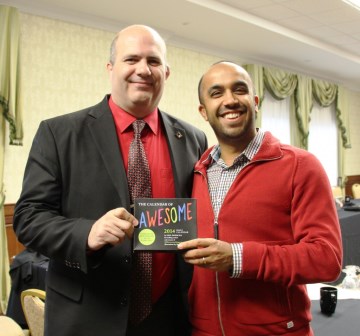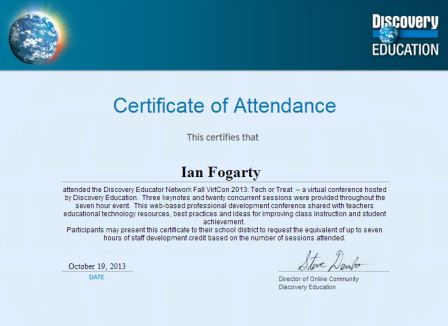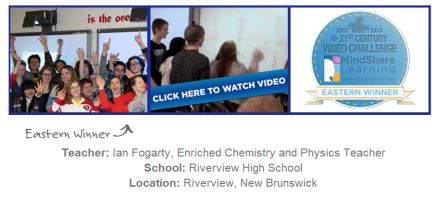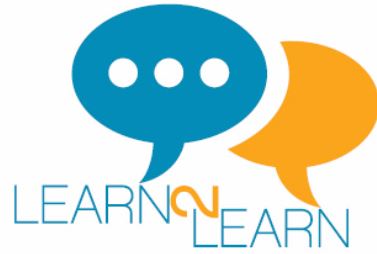Here in Freddy on a Saturday with many people from around looking at tech tools for education.
Richard Bryne did a great presentation on showing off different tech tools.
David Tchozewski has a great library of tech tools at goo.gl/65gqm
Cork board me could be cool for group work perhaps displaying on a side smart board.
Type with me for group editing..maybe kids gather around a board and they edit a lab report together.
Co-sketch is a collaborative drawing pad.
Draw on the.net will allow you to annotate on a web page without a smart board.
Today’s meet is like a private twitter similar to what we wanted for the Xeon debate.
We transfer is a nice way to transfer 2G of files to someone without creating a Dropbox folder.
Tagxedo….does a wordle in the shape of a pic.
Blabberize is a cool place to take a pic, create a mouth, and then attach a homemade audio. It will create a video.
Egg timer is a cool web timer. Just type in the address followed by the desired time. My online-egg timer is more robust with multiple timers.
Random name chooser from class tools.net
QR treasure hunt makes an easy qr code treasure hunt.
Edhead has some cool elementary and middle school animation/simulations.
Search for Creative Commons for copyright free content. Search.creativecommons.org
QR voice..you type short text, it creates a qr code and then when the user views it, there is a computer generated voice.
QR stuff allows you to change the color etc…
View pure…type the URL from YouTube and it removes the add, and in appropriate content.
Jeopardy labs, an updated version of the old power points but up to 12 teams.
Tackk.com is a cool place to create a poster. Powerful but easy.
Remind 101 allows to send text reminders without collecting student info.
Kozzie.com for great photos
Carletta Hurt
Finding collaborative classroom to work with.. Go to Epals
“Explain everything” is an app for making a YouTube video from iPad. It is a combination of smart notebook. Screen capture, video editing and export to YouTube.
Examiner.com will let you work for income to examine different items in our are. It is like an educational review meets blog.
Teacher Chanel will do what spark video does…
Dan Rothstein – sparking curiosity…how to ask good questions.
He has an interesting graph of reading and writing skill acquisition vs age, and then overlays asking questions. It plummets. He is from ” the right question institute”.
Step 1 A question focus…rules for creating questions
– ask as many as possible.
– do to stop to answer, judge or discuss
– write it down exactly
– change a statement to a question
Step 2
Prioritize to your top 3 questions?
Elaine plybon is a self professed tech dependant teacher.
You can create a fake twitter feed by going to fake twitter .com
Search stories video creator creates a short video of your google searches and use it to tell a story. Google search stories video creator.
Ignitermedia.com
Appoholic by David Fisher
@davidfisher65 or imtheipadguy.com
Pic collage is a nice way to make a collage.
Virtual heart
Aero..a water bird flying over the ocean.
Bubble app
K-12 periodic table
Quick voice
Bubble burst..math an multiplication
Geoplay. Cool place to look at shapes
Iprompt pro.. It is a TelePrompter.
I brainstorm
Phonics genius
Educreations
Skitch screen capture
Dennis Grice keynote on finding your spark.
Eduwin to share online teaching successes. Include it as a hash tag on twitter.
Denconnects.com to connect teachers to other classrooms.
Note shelf for iPad the link to Evernote.
There is an interesting way to show video. Look at what if qr codes and the ugly duckling.











